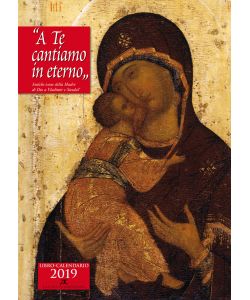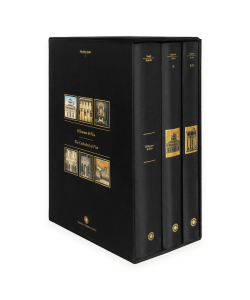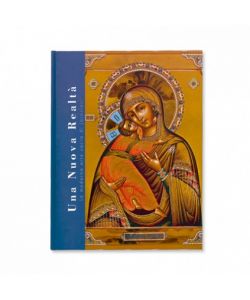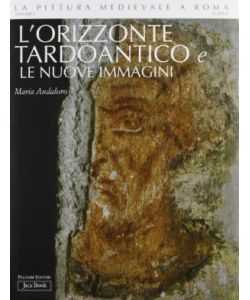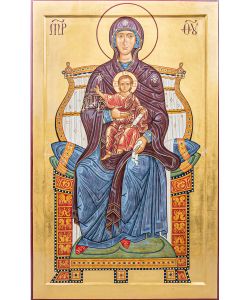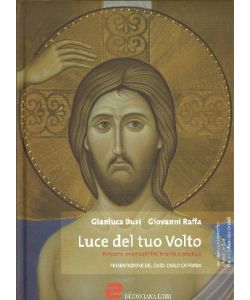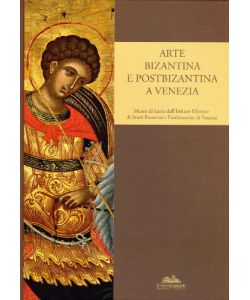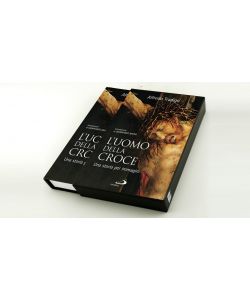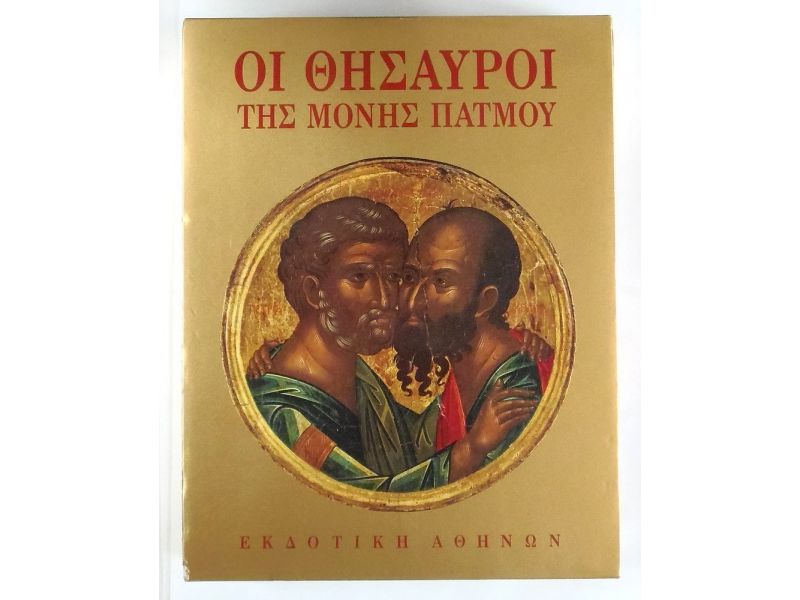
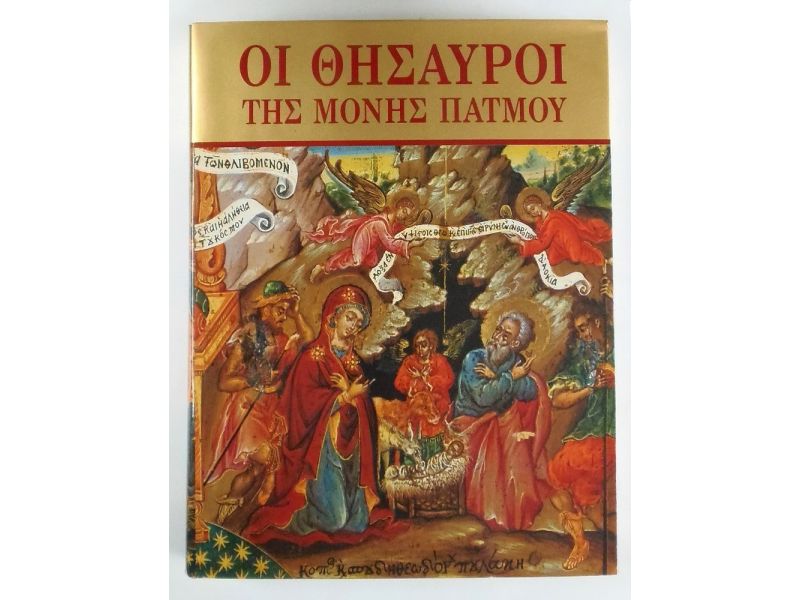




La quantità è maggiore dello stock
Patmos Treasures of the monastery, greco, pg. 277
Two major historical events have led to Patmos being called 'the holy island of the Aegean'. The first is the arrival there in A.D. 95 of the Evangelist, Saint John the Theologian, who wrote the "Book of Revelation" on the island; and the second is the foundation in 1088, at the beginning of the second millenium of the Christian era, of the Monastery of Saint John the Theologian by the monk Christodoulos, armed with three chrysobulls from the Byzantine emperor, Alexios I Comnenos. During the nine centuries of its life, the Monastery on Patmos has assembled and preserved many precious treasures of art and culture, and, along with the Patmian School, it has supplied the Orthodox Church with patriarchs and other enlightened prelates, and the State and the intellectual world with distinguished personalities. "Patmos, Treasures of the Monastery" contains chapters on the various kinds of works of art housed in the Monastery from the Byzantine and modern Greek popular traditions, and also on the rare manuscripts and valuable editions in the Library, the richest in the Aegean. These chapters, each lavishly illustrated, deal with the architecture of the fortress-like complex of the Monastery, the outstanding wall paintings and icons, the masterpieces of gold-embroidery and church silver, the exquisite miniatures in the manuscripts, and the other treasures in the Library and the archive.
Number of pages: 383
383 pp, illustrated in colour.
Weight: 2676 g
Dimensions: 330 x 250 x 41 mm
| Patmos Treasures of the monastery | Giacenza: 3 - COD. L0172 | |||
| € 110,00 |

|
|||


